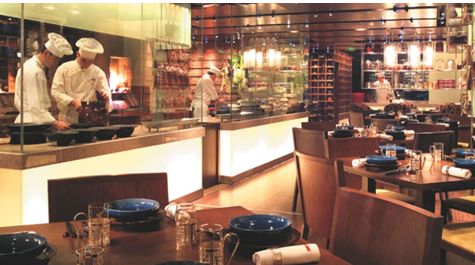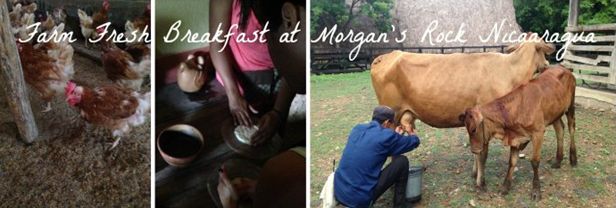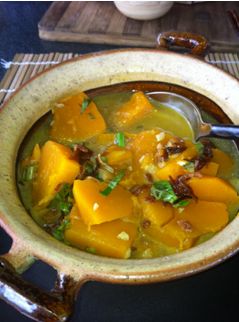With minimal investment, hotels can sharpen their wellness profile and even their valuation
In March of this year, Westin Hotels announced a $15 million one-year campaign aimed at infusing six “pillars of wellness” throughout their portfolio of hotels. With roundly 200 Westin hotels and resorts, this campaign represents an investment of approximately $75,000 per hotel. The program is one of the most comprehensive annual wellness expenditures to have been focused on a single global brand. Though this approach is an effective one for a company the size of Starwood Hotels and Resorts, many independent hoteliers and smaller boutique brands already have priority lists for capital improvements and program expenses that might demote such wellness expenditures to “wish-list” status.
If we step back and review what wellness means to travelers, we will see that many wellness activities involve little to no investment. With a bit of creativity, programming can be developed to improve a property’s wellness profile with minimal cost. The CEO of Canyon Ranch told us several years ago that in surveys, the definition of wellness boiled down to three words: Hope, joy and energy. Among these surveys one of the most popular wellness activities noted by respondents was simply “Laughing with friends.”
In 2011, American LIVES and the Y Partnership (now part of MMGY Global) were commissioned to survey Baby Boomers (born between 1946 and 1964) regarding vacation and vacation home preferences, as input to post-recession product adjustments for resort real estate. One of the summaries of the collected data was informative in revealing the interests of this demographic as they approach or begin their retirement years:
- 82% want time to unwind and to forget about the daily grind.
- 80% want to come away feeling more balanced and healthy.
- 76% want the experience of reconnecting with family and friends.
- 65% consider experiencing other cultures and exotic places.
- 53% select “developing a deeper understanding of people close to me.”
Following are a few examples of wellness programs that focus on something that most lodging facilities already provide — food.
1. Simply replacing kitchen walls with glass can transform a culinary experience to a cultural one. Ten years after taking a 12-day tour of China, the only memorable evening was the one spent at Made in China, a restaurant at the Grand Hyatt Beijing, with its renowned show kitchens.
2. The Chef of the Capella Pedregal in Cabo San Lucas told us that one of the best-reviewed activities they host is for small meetings (10 – 15 individuals) of C-level executives. The Chef takes them to a local produce market for a short lesson on local fruits and vegetables and then the group spends an hour or two in the resort’s commercial kitchen preparing the food and making lunch for each other. This non-competitive activity helps demonstrate the value of collaboration as well as serving to differentiate the meeting from the host of executive retreats at luxury resorts that this market segment is used to.
3. The 15-room Morgan’s Rock Hotel near San Juan del Sur, Nicaragua is located on a 4,000-acre mountainous site featuring a working farm, reforestation areas and dramatic beach and ocean views from individual bungalows dotting the coastal hills. The small hotel has a classroom-sized blackboard filled with daily activity choices, some of which are off-premise excursions. The most well received activity has been the “farm breakfast,” in which a small group of guests collect the eggs, make the tortillas, get a chance to milk the cows, etc. in a three-hour early-morning farm tour, cooking and eating experience.
4. Butternut squash soup is one of our family’s favorites. But preparation is a full afternoon’s work, ranging from peeling and chopping to boiling and mashing, etc. We were amazed during a stay at Six Senses’ Con Dao resort on a Vietnamese island to see a traditional chef make a delicious version of the soup in 15 minutes at a swimming-pool-patio portable kitchen, that was an upgraded version of Hanoi’s many sidewalk restaurants. The experience was a quick lesson from a “low-tech” cuisine that produced a great result in one-tenth of the time of our fully automated kitchen.
The reader can imagine that participating in activities like these would fulfill many of the desires noted by Baby Boomers earlier in this article, such as “laughing with friends,” a view into exotic (to urban North Americans) cultures, and a way to connect with and better understand those close to us in non-confrontational ways. Food is just one of the avenues for using wellness activities to sharpen the personality of a resort or hotel. The example of Morgan’s Rock, with 15 rooms and a blackboard full of activity options, demonstrates that size and scale are not necessarily required in order to offer guests a customized wellness experience.
To the extent that wellness programming impacts occupancy and average daily rate levels, it also impacts property valuation. From Westin’s point of view, if the investment in wellness makes its brand “stickier,” promoting incremental brand loyalty, the easier it will be to maintain competitive operating metrics relative to other brands and to maintain existing fee levels.
For more information regarding wellness programming suggestions that can enhance the hotel profile and optimize operating metrics within its competitive market, contact Andrew Cohan at acohan@hvs.com.
Sources:
Starwood Hotels and Resorts Press Release, March 20, 2014 Westin Hotels Tracy Travels Nicaragua Morgan’s Rock, November 11, 2014 by Tracy Iseminger, The Daily Dish Magazine Boomer Values Realignment Study, September 2011, American Lives.




